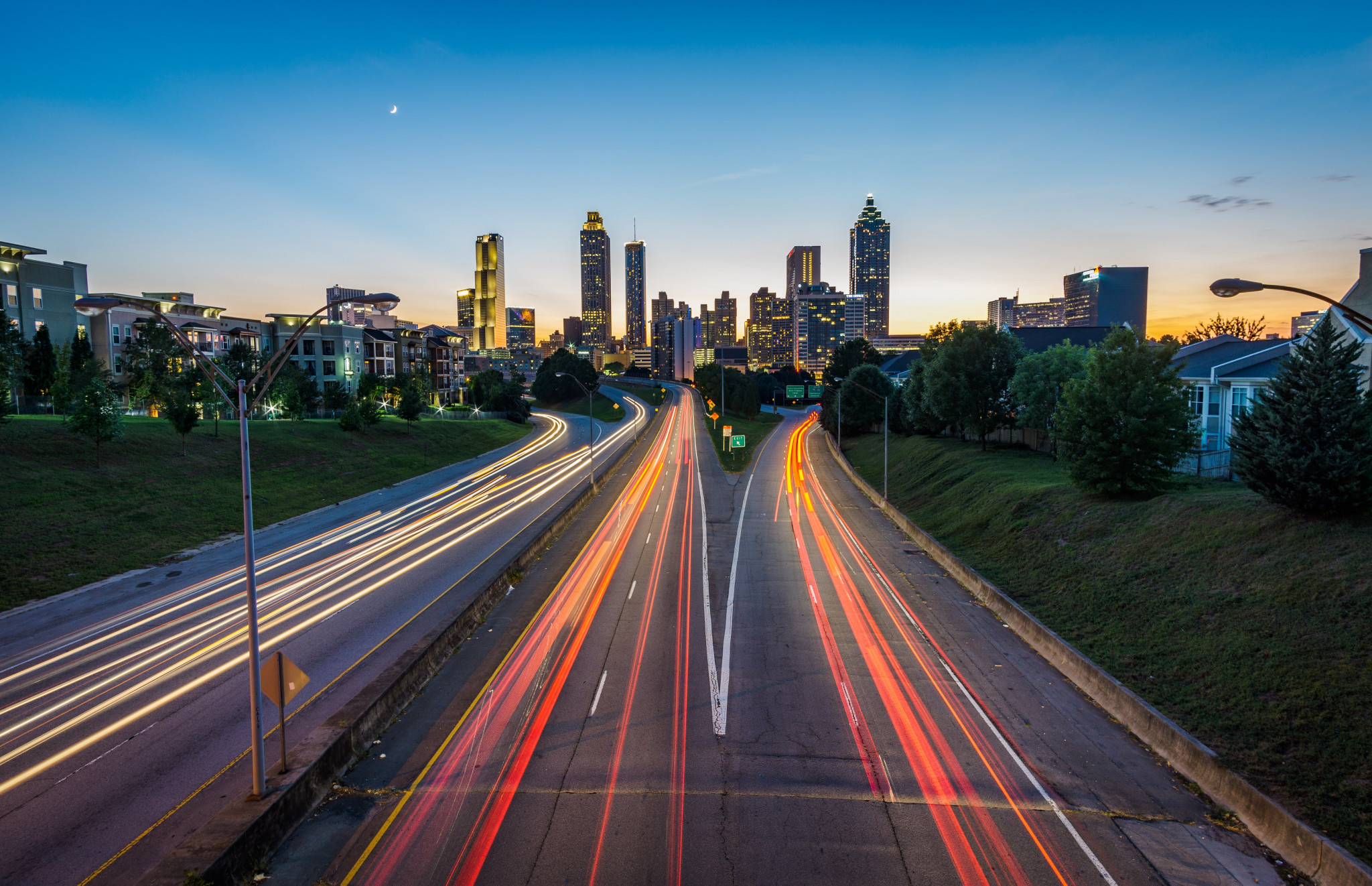Last week, the UK House of Commons Transport Select Committee launched a new inquiry, called ‘Our Future Transport’. The Committee has called for proposals on what the future of transport might look like, to guide their investigations. Dr Susan Kenyon, Principal Lecturer in Politics, has submitted evidence, highlighting the importance of a future transport strategy that reduces physical mobility overall. In this blogpost, she explains why.
Looking ahead to 2050 and beyond, our future transport policy must have reduced physical mobility at its heart, if we are to achieve government environmental and social policy goals.
In the UK, we live in a built environment in which physical mobility is necessary and expected to participate in activities. This is environmentally and socially damaging. Transport is a primary contributor to climate change and other environmental harms; and a substantial number in society are not able to travel as much as they need, to take part in activities that are critical to levelling up, including education, employment, healthcare, leisure, shopping for healthy food, social networks.
The Transport Committee has previously considered policies and technologies to enable less environmentally damaging physical mobility and to resolve mobility-related exclusion through an increase in mobility. However, it essential that the Committee now consider the benefits of reducing mobility, to achieve environmental and social policy goals.
In my proposal, I highlight three areas that I believe the Committee should consider.
- The role of government social policy in reducing the need to travel. Currently, government social policies reinforce mobility dependence and our hypermobile societies, because they are based on the assumption of mobility. The Committee should assess the assumption of mobility in education, employment, health, housing and welfare policy and consider the extent to which mobility could be reduced through a reshaping of these policies. This could include the role of virtual mobility in delivering social policy, but could more usefully consider the decentralisation of services, with an assumption that the service would travel closer to the service user, with ‘service hubs’.
- The possibility of reshaping the built environment to reduce the need for travel. Mobility has pushed the world away, decreasing accessibility, to such an extent that mobility and accessibility can be considered to be the yin and yang of planning. What would a more accessible built environment in 2050 look like – and what policy changes, across government, would be needed to achieve it?
- The possibility of cultural change leading to travel behaviour change. The car culture and the ideology of hypermobility were created by corporations and governments a century ago. They remain powerful barriers to reducing mobility. They are reproduced in all aspects of modern culture, including films, literature and music. What would it take to challenge this culture? Could this support a reduction in mobility? Would it be acceptable for the government to seek cultural change to achieve a policy goal?
A future mobility strategy must set out a plan to enable individuals and communities to travel less. By investigating the key areas above, the Transport Committee will be taking an important step in advancing our understanding of how transport policy could be reshaped around reducing physical mobility, to achieve our environmental and social policy goals.
You can contribute your ideas about the future of transport, too – just follow this link to the House of Commons website to find out more.
It’s not too late to apply to study Politics and/or International Relations at CCCU! Follow the links to find out more.
Photo by Joey Kyber on Unsplash
 Politics
Politics Laura Cashman
Laura Cashman 977
977


